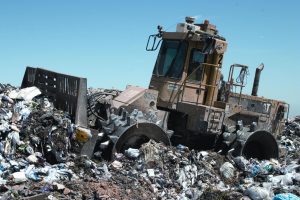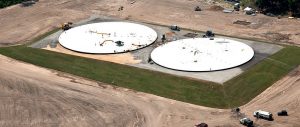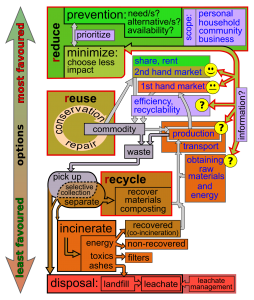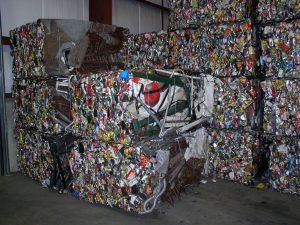Waste disposal includes all the activities and actions required to manage waste from when it enters the market to its final disposal.

image source: https://en.wikipedia.org/wiki/Waste_management#/media/File:Landfill_compactor.jpg

Image source: https://search.creativecommons.org/photos/0a749990-d3c9-4311-9a66-c30db6fce0b6 by Savannah River Site
Waste management is intended to reduce the adverse effects of waste on human health and the environment. Waste can be solid, liquid, or gaseous and each type has different methods of disposal and management. Waste management deals with all types of waste, including industrial, biological and household.
Image source:
Waste Managment Principles
- The waste hierarchy provides a framework where waste management options are set out in priority order to enable to correct choice to be made when assessing how to deal with waste;
- Reducing the number of materials required for the building and therefore the amount of waste generated;
- Recovery and recycling both materials and energy sources;
- Management of construction and demolition wastes;
- Materials specifications (e.g. use of reclaimed and recycled materials);
- Provision of recycling space/facilities;

image source: https://en.wikipedia.org/wiki/Waste_management#/media/File:Waste_hierarchy_rect-en.svg
Methods of Waste Disposal
– The Landfill is the most popular method of waste disposal used today. This process of waste disposal focuses attention on burying the waste in the land;
– Incineration or combustion is a type disposal method in which municipal solid wastes are burned at high temperatures so as to convert them into residue and gaseous products;
– Resource recovery is the process of taking useful discarded items for a specific next use. These discarded items are then processed to extract or recover materials and resources or convert them to energy in the form of useable heat, electricity or fuel.
– Recycling is the process of converting waste products into new products to prevent energy usage and consumption of fresh raw materials. Recycling is the third component of Reduce, Reuse and Recycle waste hierarchy. The idea behind recycling is to reduce energy usage, reduce the volume of landfills, reduce air and water pollution, reduce greenhouse gas emissions and preserve natural resources for future use.
– Plasma gasification is another form of waste management. Plasma is primarily an electrically charged or highly ionized gas. Lighting is one type of plasma that produces temperatures that exceed 12,600 °F. With this method of waste disposal, a vessel uses characteristic plasma torches operating at +10,000 °F which is creating a gasification zone till 3,000 °F for the conversion of solid or liquid wastes into a syngas

image source: https://en.wikipedia.org/wiki/Waste_management#/media/File:Steel_recycling_bales.jpg
info source:
